MusicRadar Verdict
Hardly cheap, but then quality rarely is. And quality of sound, not to mention performance, is what the Axe-Fx Ultra is all about. Prepare to be stunned!
Pros
- +
Unsurpassed quality of amp simulation; pro-quality effects
Cons
- -
With the quieter cooling fan upgrade, there's nothing left to dislike!
MusicRadar's got your back
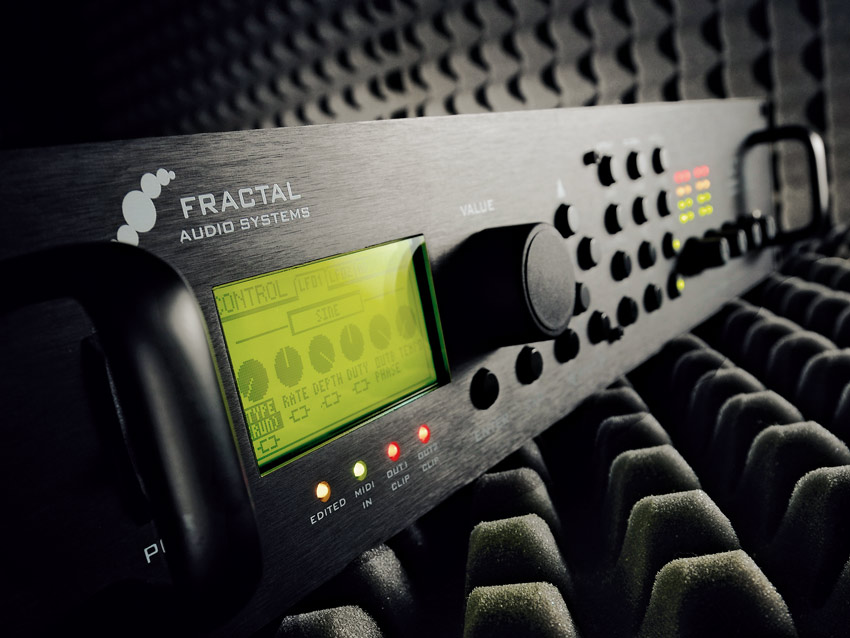
Fractal Audio Systems Axe-Fx Ultra
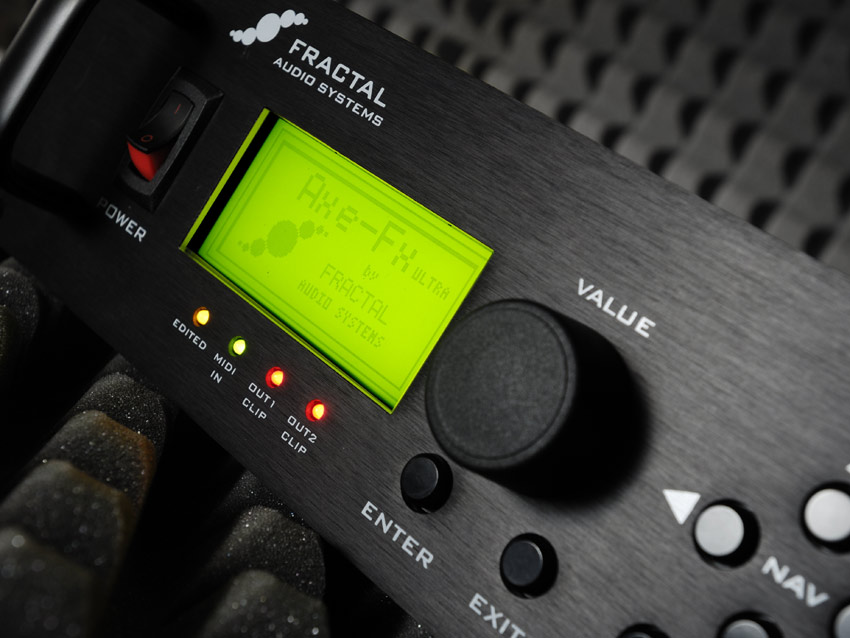
Fractal Audio Systems Axe-Fx Ultra
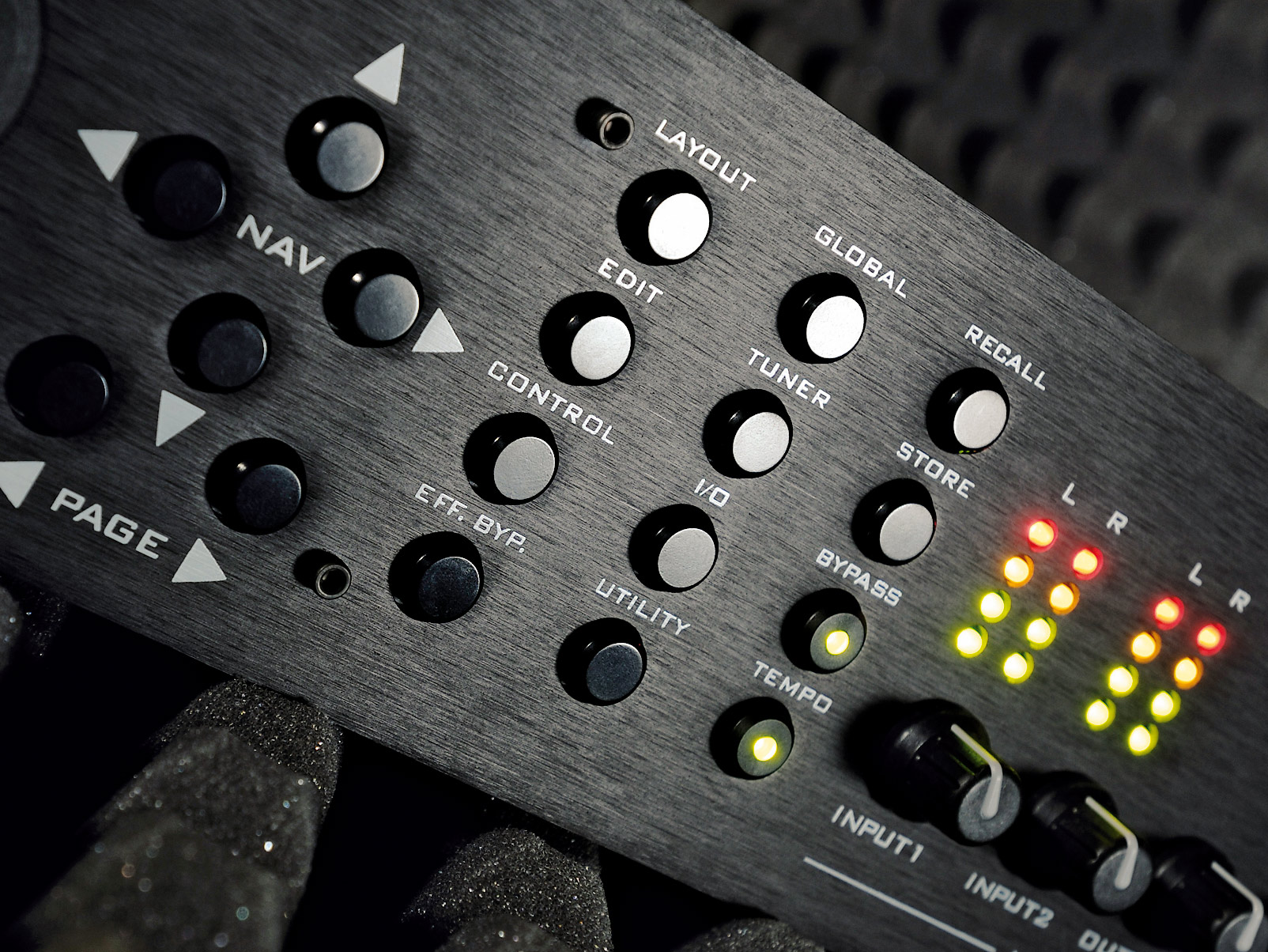
Fractal Audio Systems Axe-Fx Ultra
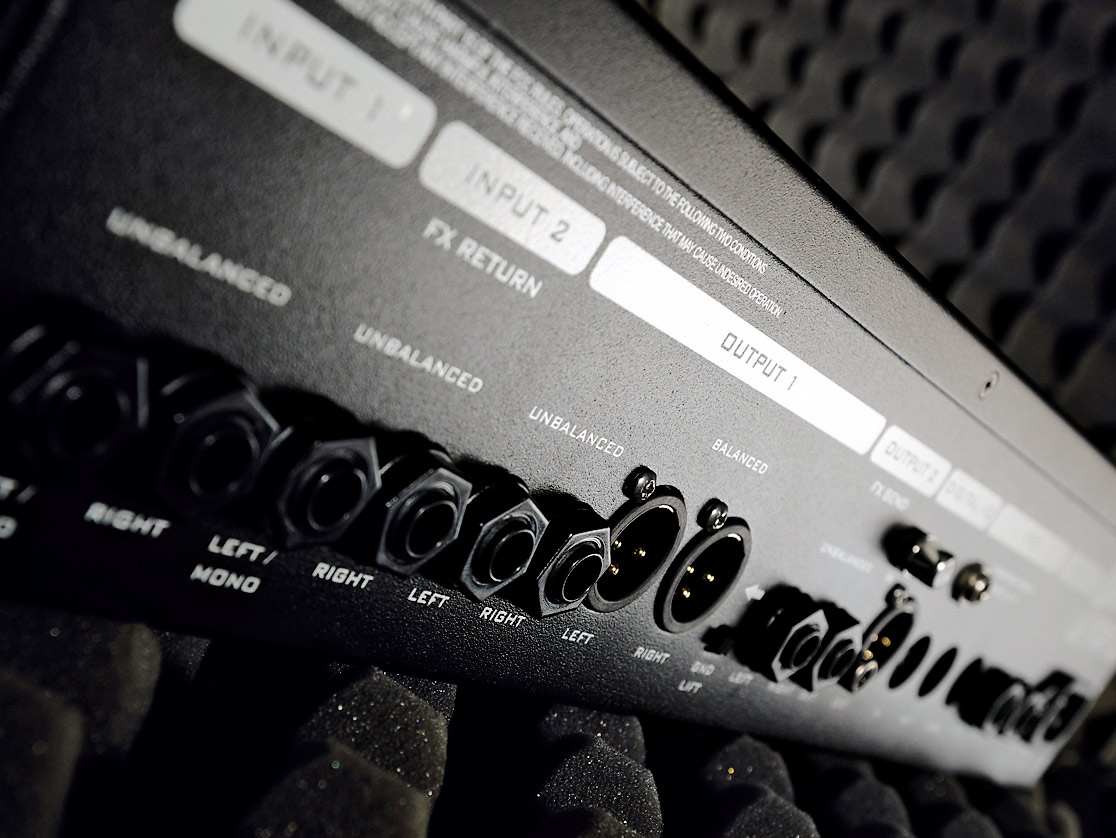
Fractal Audio Systems Axe-Fx Ultra
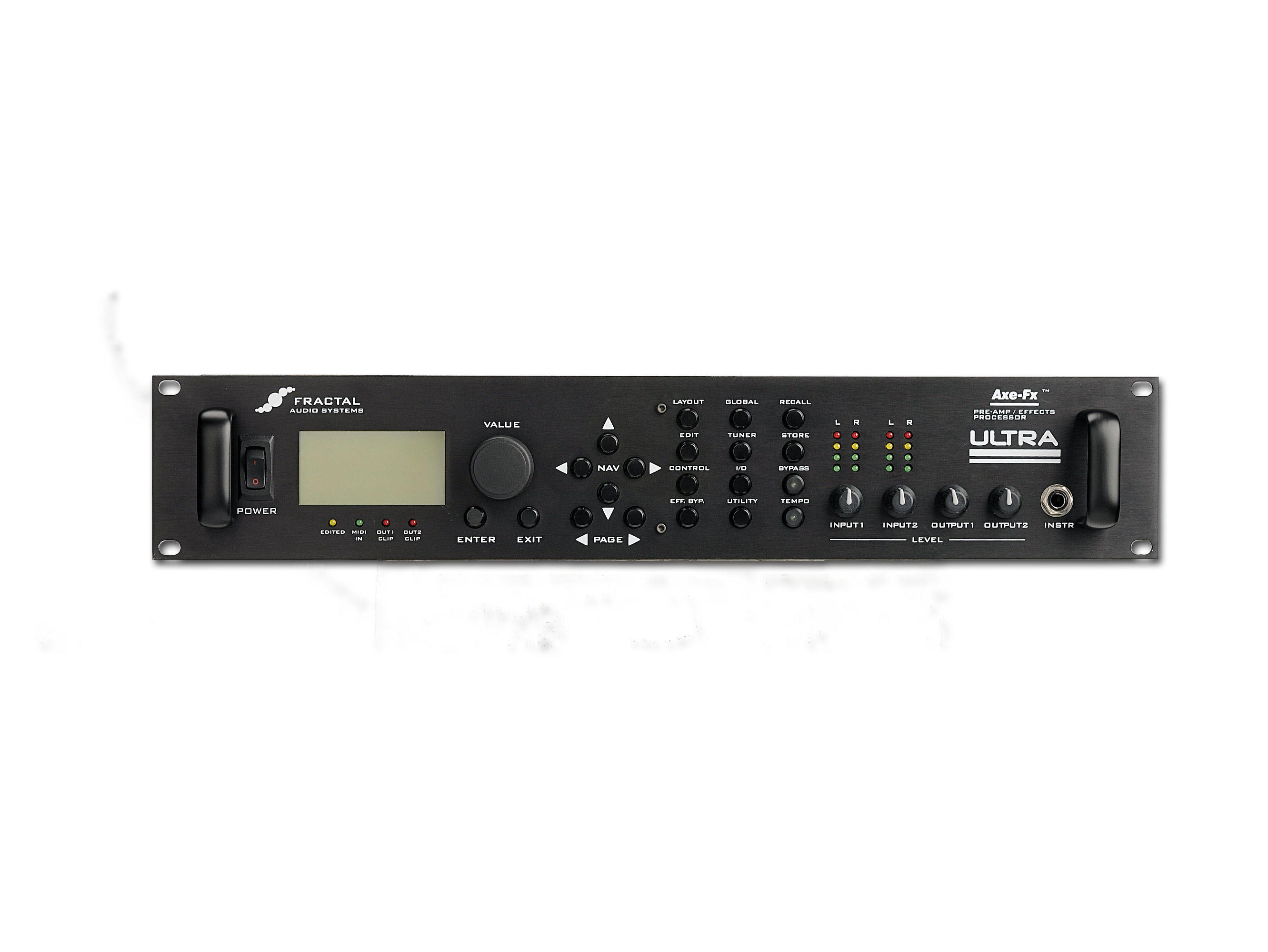
Fractal Audio Systems Axe-Fx Ultra
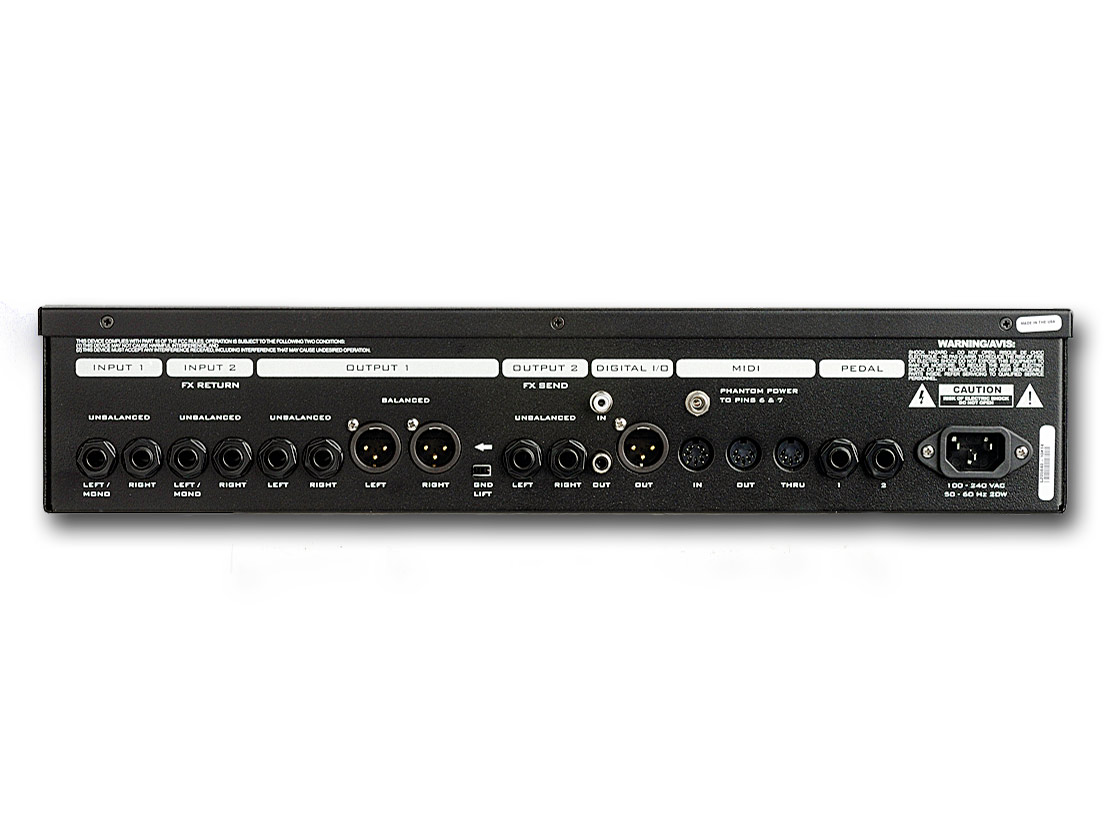
Fractal Audio Systems Axe-Fx Ultra
When Cliff Chase, founder of Fractal Audio Systems, set about designing the Axe-Fx, he wanted to build the best effects processor ever, and to take amp simulation further than ever before. We all have big ambitions, but Cliff put his ideas into action, designing the software and hardware of the Axe-Fx single-handedly. He was convinced that the secret to great amp simulation lay in using the very best digital processing, rather than trying to reinvent analogue circuitry or using low-voltage valves. True to the name of his company, Cliff looked into the tiniest details, creating accurate digital replicas of real valves and making use of the latest DSP technology to store the massive amounts of data.
Straight out of the box, the results look impressive. Housed in a two-unit rack format, the Ultra has a clearly arranged control panel and a large LCD display. Despite the complexity and sophistication, it's easy to focus on the bare essentials for getting up and running. We were instantly impressed by the proper input/output level knobs on the front panel. Navigating and editing the presets is more complex than on the majority of modeller/fx units out there, but not overly so. There's a group of six pushbuttons for moving around within a preset (up/ down/left/right, page up/ down) along with a large value dial and enter button for setting parameters.
In the middle of the panel is a set of 12 menu buttons providing access to common tasks, such as editing presets, adjusting global parameters or setting up the various inputs and outputs. On that subject, the rear panel offers a suitably professional set of connections: stereo line-level inputs, stereo effects returns, balanced and unbalanced outputs, digital outputs and connections for external controller pedals and MIDI devices.
Combined with the clever internal routing options, this array of connections means that you can use the Axe-Fx in a huge variety of ways. For the purpose of reviewing it in isolation, we spent most of our time using it in the simplest way possible with a guitar into the front input, balanced outputs into a mixing desk and monitors. However, you can use it purely as an effects unit, plugging it into the effects loop of your favourite amp, or as a dedicated studio processor. If you have a separate preamp and power-amp, the Axe-Fx can be set to place effects before or after the preamp, as required. You could use just the cabinet simulation section of the Axe-Fx to record your favourite amp in a home studio (via a Hotplate) or even recreate the sound of your favourite cabinet/ room combinations by using impulse responses.
The Axe-Fx's operation is based on the concepts of an Effects Inventory and an Effects Grid. The Effects Inventory contains all of the Axe-Fx's effects and amp/cab simulations, and these can then be placed into the grid. The grid has four lines, each with 12 effect locations, and any effect can be connected to any of the four locations in the adjacent column. Thanks to the 600MHz dual-core processor, up to 12 effects can be used simultaneously, connected in series or parallel, and there are plenty to choose from - 49 amp sims, 22 cabinets, 10 microphones and 22 effect types. Using multiple instances of effects is obviously going to be a great creative tool, but you can also run dual amp blocks in a true stereo rig.
Sounds
It's worth bearing in mind that Cliff Chase doesn't call the Axe-Fx a 'modelling' unit. The intention was not to create warts 'n' all reproductions of specific classic amps, but to simulate their sounds in the context of a modern unit, with more control and flexibility than the originals ever had.
Chase describes the sounds on many of the mainstream modelling units as being more like 'caricatures' of the original amp sounds, and after a few hours playing with the Ultra, it's easy to understand what he means. There's just so much more depth and vitality to the Axe-Fx's amp sims. One of the reasons for this is the attention paid to power-amp modelling, and the way it interacts with the master volume control, sag and damp controls. Preamp overdrive is only part of the story, and we certainly found it hard to believe that we weren't playing through a real amp. It's particularly impressive to hear how the master volume control (not usually present on modelling units) affects the overall tone; just like on a real amp, it affects the amount of distortion produced by the poweramp simulator, increasing the touch-sensitivity and general 'live' feeling.
For players who want instantly recognisable recreations of classic amp sounds, the Axe-Fx is a dream come true, but there's so much more on offer. Simply switching from a passive tone stack to an active tone stack (or vice versa) creates a whole new tone, and then you can choose from the 15 tone stacks on offer, combining a Marshall 'Plexi' amp with an AC30's tone stack for some unique hybrids.
The effects are all of the highest quality and wouldn't be out of place in an Eventide or Lexicon unit. There might be 'only' 22 effect types, but each one has various guises (the pitch shifter module alone has 10 modes) and can be used in multiple instances. Several of the factory presets make great use of the rich reverb and chorus effects, creating lush stereo soundscapes.
Verdict
As you've probably gathered by now, the Axe-Fx Ultra is unlike any other modelling/fx unit we've ever tried. Apart from the fact that there's so much more processing power, there's also the incredible attention to detail and Cliff Chase's determination to create the very best tones.
The main barrier for most people will probably be the price, which is bound to suffer from the pound's recent falls against both the US dollar and euro. The Ultra certainly wouldn't be a casual purchase for any of us, but then it would be a mistake to compare it to the various POD-alike modellers in terms of price. Just the effects section in the Axe-Fx Ultra could rival units from TC Electronic or Eventide, and can be used independently for various studio tasks. Then you've got the amp simulations, with more levels of control than we've ever seen, and by far the most realistic recreations of real amp tones we've ever heard. On a practical level, the unit is suited to many live and studio applications.
The Axe-Fx Ultra would be a great investment for serious players. The healthy online community is a rich source of additional information (useful with such a complex tool) and we hear that Fractal is planning to use the Axe-Fx technology in a range of other products. The future starts here!
“I called out to Mutt and said, ‘How about this?’... It was a complete fluke": How Def Leppard created a rock anthem - with a little bit of divine intervention
Baby Audio's Smooth Operator spectral balancing plugin goes pro
"It was ugly, like watching a divorce between four people. After a while, I had to get out": Beatles engineer Geoff Emerick on the recording of Abbey Road, track-by-track









